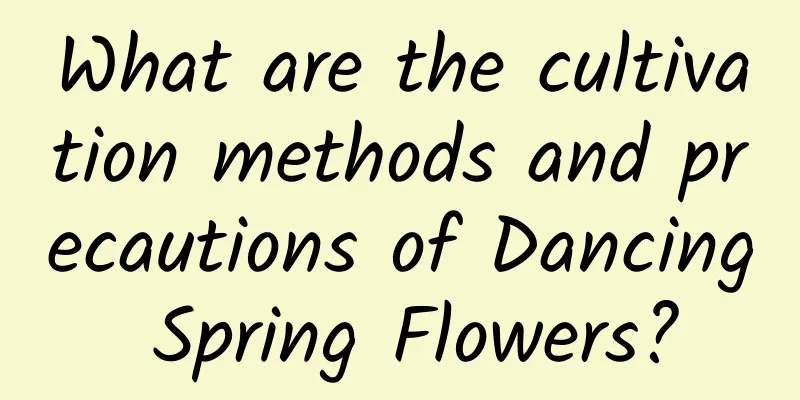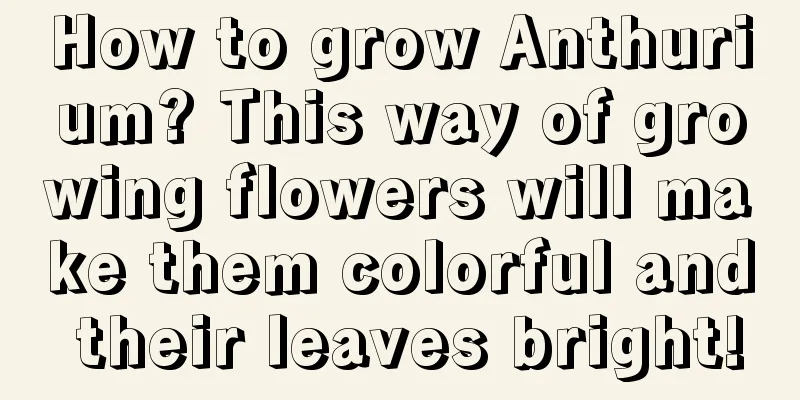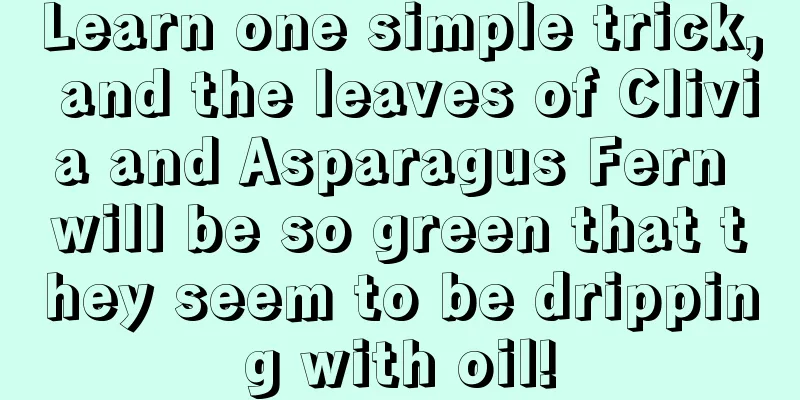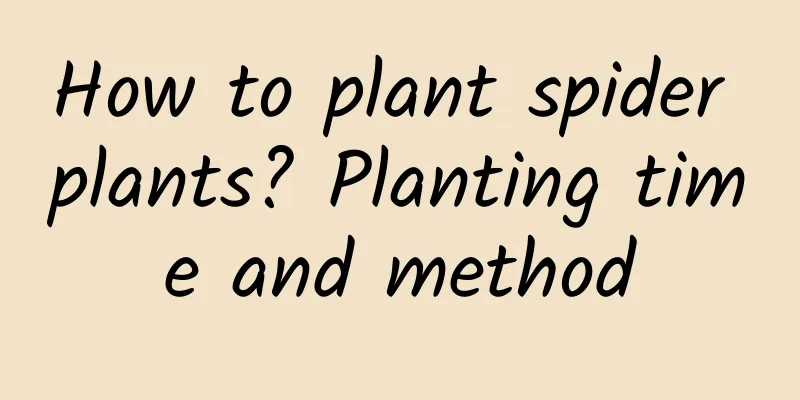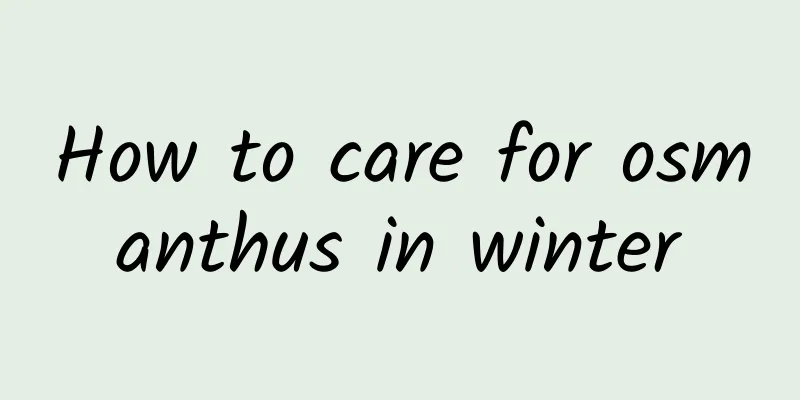What are the characteristics of Nepenthes
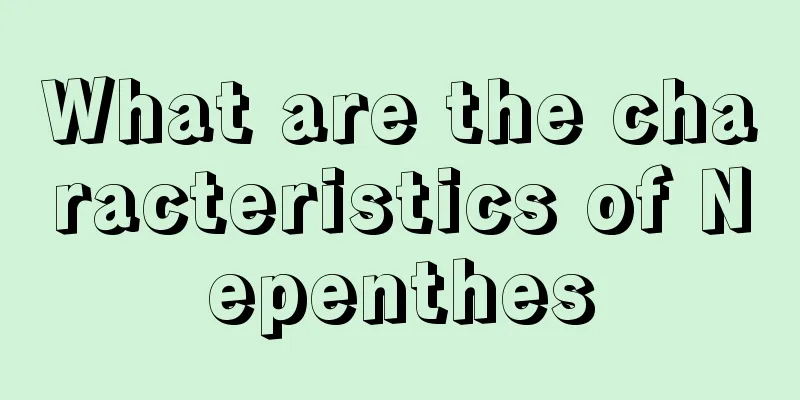
CageThe most peculiar thing is its insect-catching organ - the insect pitcher. When the pitcher plant grows new leaves, the bottom of the pitcher vine will have the rudiments of an insect trap. It starts out yellowish-brown, gradually turns red, and begins to swell, forming a cage lid. There is a lip at the pitcher mouth, which gradually develops, becomes wider and larger, and turns outward. At this point the insect trap is mature and can be used to catch insects! CageThe cage body can be green, orange, red and other colors with white spots. When a bug falls into the bottle, the bottle will become darker when viewed from the outside, but the white spots will become noticeably brighter. Cage coverThe cage cover is placed above the cage mouth, and the cover obviously prevents rainwater from entering and contaminating the acidic liquid in the cage. It can also block light and prevent insects in the cage from escaping. Cage mouthThe opening of the insect pitcher is divided into two types: parallel mouth and inclined mouth. lipThe most colorful part of the pitcher is the curled outer part. The lips can secrete juice, which is quite slippery, so insects will slide directly into the bottle when they touch it. Cage WingsThere are two parallel wings at the front of the insect trap, extending all the way to the bottom of the cage. There are many tiny structures on the wings called whiskers. The function of the cage wings is to facilitate insects on the ground to climb to the cage mouth, paving a passage for them to enter the "wolf mouth". The trap also has some other small structures such as digestive glands and wax area, nectar glands of Nepenthes, nectar glands, appendages, cage bones, cage tails, cage shoulders. Grass bladesUnlike other plants, the leaves of pitcher plants are actually its petioles, which are a kind of modified leaves. The leaves are lanceolate with distinct pinnate veins. Also connected to the grass leaves are: petiole, vine, guide nectary, GrassrootsThe roots are fibrous, black, fragile and easily broken, and not very developed. inflorescenceNepenthes is a dioecious plant, and two plants of different sexes can directly pollinate and produce seeds. Nepenthes usually blooms at the junction of drought and rain, and when the seeds mature it happens to be the rainy season, which is conducive to seed germination. |
<<: Common varieties of freesia
>>: What are the varieties of Cymbidium?
Recommend
How much does coriander cost per pound (price introduction)
1. Price Introduction Its price is unstable. For ...
How to propagate Impatiens by cuttings? Tutorial on how to propagate Impatiens by cuttings
Impatiens has bright and beautiful flowers with h...
Flowering period of bougainvillea
1. When is its flowering period? Its flowering pe...
How to apply fertilizer to sweet osmanthus
1. Apply more nitrogen fertilizer In addition to ...
Is Jianlan Hongcao Honghe easy to grow (cultivation methods and precautions of Hongcao Honghe)
The so-called "Red Grass Red Lotus" is ...
The Flower Language of Pansy
1. Flower language Pansy is a common roadside gre...
What is the function of golden amber ball
Radiation protection effect of golden echinops Be...
When and how to change the soil for pomegranates
Pomegranate soil changing time For pomegranates, ...
What is the flower language of orchids?
1. Flower Language In China, orchids represent wo...
Where is the best place for apple trees to grow? Suitable growing environment
Where do apple trees grow? Apple trees are suitab...
How to grow jasmine
Jasmine Growing Conditions Jasmine likes a warm e...
How often should I water Clivia in summer?
Frequency of watering Clivia in summer Clivia is ...
How to care for mint in winter?
Maintenance tips for the beginning of winter From...
What to do if the leaves of the dragon boat flower are dry
What is the reason for this phenomenon? We should...
Asparagus planting method
Asparagus, also known as asparagus or asparagus, ...
